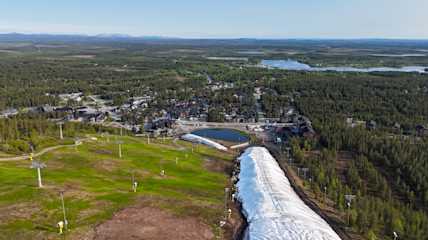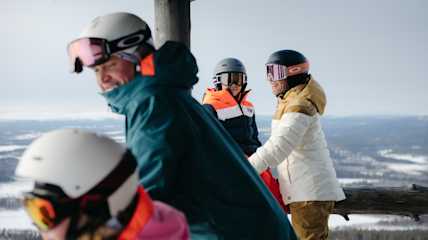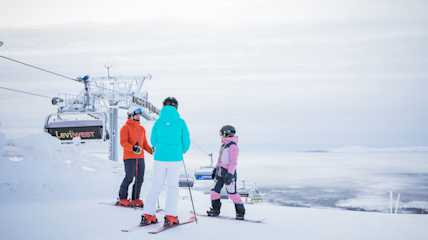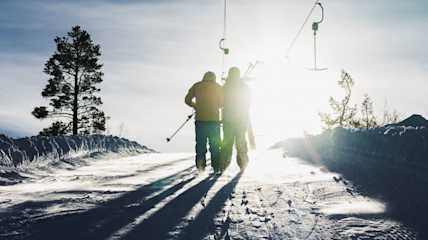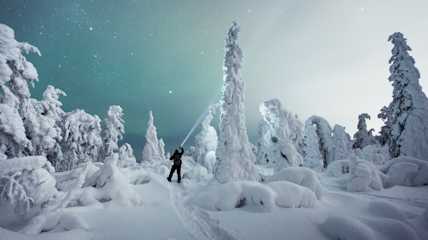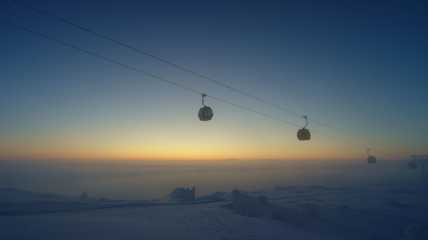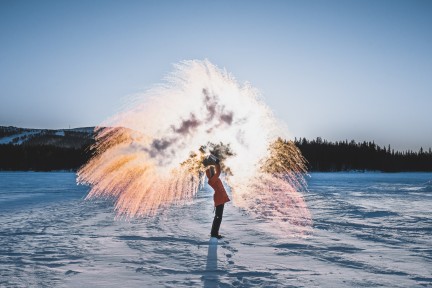
Why is the frost cracking and the snow creaking?
Winter prevails at Levi's latitudes for most of the year. Here are a couple of myths related to the season.
In everyday language, we speak of Lapland's eight seasons and Finland's four seasons, each lasting an average of three months. But a dive into the world of climate science reveals that the seasons themselves can be defined in two different ways, thermally and astronomically.
Thermal seasons are defined by the average daily temperature. From this point of view, it is true that winter takes the lead in the longitudinal averaging of the seasons. Winter is defined as any period when the average daily temperature falls below zero.
The astronomical seasons are due to the fact that the Earth receives different amounts of sunlight in its orbit in different months. Autumn ends with the winter solstice around 21 December. Astronomical winter begins and ends with the vernal equinox about 90 days later.
Gnarly snow due to the structure of the snowflake
As the weather cools down, the ice and snow season begins. Snow forms in rain clouds when cloud temperatures are between -5 and -20 degrees Celsius. At this temperature, the clouds consist of small ice particles and supercooled water droplets. As the water vapour freezes, the ice particles grow into ice crystals and form hexagonal snow crystals.
The shape of the crystals varies depending on physical conditions such as humidity and wind. The crystals bond together in a wide variety of combinations until they become so heavy that they fall to the ground as snowflakes.
In 1988, US meteorologists claimed to have found two identical snow crystals. In principle, this is possible, but snowflakes made up of several snow crystals usually have so many molecules that the formation of two identical flakes is considered highly unlikely.
In severe frost, snow crystals have a large number of cusps that break underfoot, causing "creaking". In milder weather, there are fewer splinters, and as the pressure underfoot approaches zero, some of the splinters melt into water, which acts as a lubricant to reduce gnashing.
A cracking frost is caused by freezing water
To avoid misunderstandings, the Finnish Meteorological Institute recommends using the terms frost weakening or tightening. It should also be remembered that when talking about frost, the minus sign is not used.
The term 'cracking frost' comes from the expansion of water as it cools. For example, water may be in the cracks in walls, and when it expands as it freezes it makes a banging sound. The term 'fire frost', on the other hand, is probably due to the fact that in frosty weather you heat up more than normal, which increases the number of fires. This was particularly the case when wood heating was the norm. Nowadays, fires in frosty weather can be caused by increased use of electricity and heaters.
Sources: Finnish Meteorological Institute, Tieteen kuvalehti magazine
